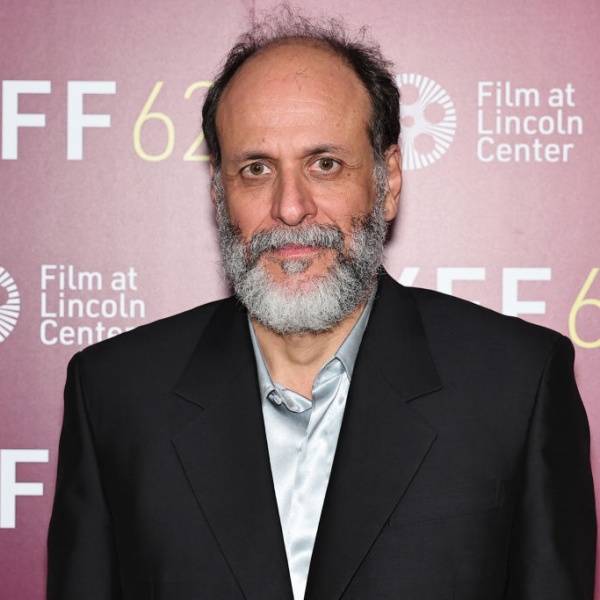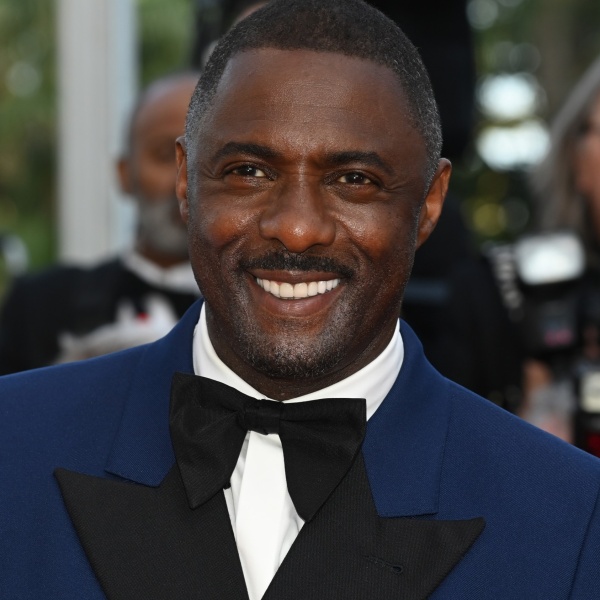
The first hour of “Tron: Legacy,” Disney‘s immensely budgeted (some reports have it soaring past the $300 million mark with marketing costs) reboot/sequel of a marginally popular 1982 live-inside-the-videogame cult oddity, is as breathless and bold as any recent franchise flick. It begins in 1989, with Jeff Bridges, playing computer magnate/visionary Kevin Flynn, mysteriously vanishing — leaving behind a vast company and young son. We flash forward 20 years or so, and the abandoned son Sam (played by Garrett Hedlund) is now the company’s largest shareholder but also a restless, wayward twentysomething who pulls an annual prank on the board (this year it’s releasing their new Windows-like operating system onto the web). After receiving a mysterious text from his father’s long dormant office, COO Alan Bradley (played by Bruce Boxleitner, also from the original) sends Sam to the now shuttered Flynn’s Arcade. Sam flips on some lights and starts fiddling with a computer and zzzzzappppp! he’s inside the same computerized world that his father inhabited in the first film.
What makes this even more out-of-control neat-o is the fact that the movie, in a nod to “The Wizard of Oz,” had been flat up until now. Once we enter the computer world, we also enter 3D, and the effect is startling. Unlike the sterile, lines-on-a-map layout of the first movie, we’re treated to a truly living, breathing world; lightning crashes, a giant ship picks up young Sam and quickly sentences him to compete in the “Games,” arguably the one aspect of the original film that everyone remembers. He has to face down foes in a gladiatorial disc match in which opponents, when struck, turn into tiny, crystalline cubes (it’s called “derezzing” in the movie’s terms). These early action sequences have a snap that you wouldn’t imagine, looking at their visual austerity. The director, first-timer Joseph Kosinski, is a protege of David Fincher and has a background in architecture, both of which inform his dogged commitment to spacial geography and frame selection — everything is positioned just so — and it’s actually kind of exciting to see such a classically slick style in an action movie after years of being bombarded with shaky cam visual palsy.

Soon after Sam’s arrival in the virtual world we meet the heavy: Clu. Clu is also played by Jeff Bridges, in an uncanny valley-crossing bit of computer wizardry (by the same folks that made Brad Pitt a grumpy old man in “The Curious Case of Benjamin Button“). Sometimes the Clu effect works, other times it looks like a cheap Halloween mask of Jeff Bridges, but the filmmakers succeed in making this a truly real, separate character, and his kind of inhuman spookiness can easily be attributed to the fact that he’s a computer world creation. Everything about the folks that populate the world seems a little off, with a chirpy, Auto-tune-esque echo to their voices and an oddly rigid way of walking and conducting themselves. It’s a synthetic world, which makes the rubbery nature of Clu at worst forgivable and at best totally keeping with the spirit of the film.
After a fierce, multi-layered version of the “light cycle” chase from the first film (this time the trails that the bikes leave behind look like streams of florescent paint — it’s pretty amazing), Sam is spirited away by Quorra (Olivia Wilde) across the “outlands” to the home of his father, the honest-to-god Kevin Flynn. This is when the movie takes a deep breath and so too shall we, first to compliment the amazing design work of the movie that not only shows itself in the sleek, blues-and-blacks computerized world (where everything, even a kimono, has light-up neon lining) and the amazing vehicles and ships, but in Flynn’s hideout, which is his spiritual sanctuary and looks like the cover of Air‘s “10,000 HZ Legend” mixed with the room at the end of “2001: A Space Odyssey.“
We must also pause to give thanks to the film’s greatest single contribution, which is the jaw-dropping musical score by French house duo Daft Punk. Anyone who saw their brain-shattering 2007 tour knows that the band owes a particular debt to the original film, and here they return the favor, tenfold. Their music, with its combination of pulsing beats wrapped inside stirring strings, is the heart and soul of “Tron: Legacy,” and anybody that says anything differently is out of their fucking minds. Any poignancy that comes from the bond between father and son is exclusively due to their work, and every action sequence, or every shot of someone walking across a light-up “Billie Jean” floor, is enhanced greatly. Sometimes you watch the movie and are convinced you’re actually viewing some $300 art installation, the combination of visuals and music is so striking.
But the movie soon reminds you that, no, you’re not watching a $300 million art installation. After Sam reconnects with his father with an accompanying, absolutely befuddling story about how the Tron-world, as we see it, came to be, the stakes are quickly set and easily forgotten about: Sam has to get back to the gateway, opened by his arrival, if he ever wants to make it back to the real world. Sam is hellbent on taking his father, who refuses because he’s become a kind of groovy techno monk (which is actually pretty interesting) and knows that if he reenters the computerized society, Clu will descend on him. Also, Clu has some grand plans for world domination that we couldn’t repeat (or understand) if we tried. And Quorra is special. For some reason.
Anyway, it’s off to the races, and a series of set pieces that fluctuate between awesome (Sam visits a nightclub run by a scene-chomping Michael Sheen and DJ’d by Daft Punk) and painfully prolonged (a voyage on an interstellar train lasts way to long). All the while your pulse remains suitably quickened, even when the narrative becomes slack and uninteresting.
A couple of things become striking as the movie progresses: one, that it’s totally uninterested in fleshing out the world beyond the core group of characters. We hear things about “genocide” and “resistance” and Kevin Flynn’s position as a godlike deity amongst the programs, but we only see flashes of this, and never enough to give the film any real texture. Additionally, there is only a passing reference, when Sam catches his father up on today’s technology, of how much the modern world resembles the Tron landscape. We communicate via computers, and create versions of ourselves inside those computers, just like in the original “Tron,” and a number of parallels with Facebook, “Half Life,” etc., could be drawn, but aren’t. It’s a weird choice and one that could be argued is relegated to the film’s subtext, although that could even be a stretch.
The portal back to the human world, which looks like it’s right in the center of TronCity, USA, is actually past the “wastelands” (because it’s a sci-fi movie and every sci-fi movie has to have “wastelands”), so the movie climaxes with a zippy, aerial version of the light cycle chase. The designs in this sequence (which were supervised by Neville Page, who did great work on “Avatar” and J.J. Abrams‘ “Star Trek“) are pretty jaw-dropping, and the sequence itself is the kind of balletic, heart-pounding action moment that the movie could have used more of. Neon-lined jet fighters zigzag and swirl around each other, leaving behind those killer streams in their wake, and it’s totally phenomenal. Plus, Bridges’ Flynn character, who has become a pacifist in his self-imposed exile, gets to rattle off lines like “You’re messing with my whole Zen thing, man,” like he’s The Dude… whose been trapped in a videogame for 20 years.
Does “Tron: Legacy” make any sense? Well, no. But thankfully no prior knowledge to the original movie (which, it should be said, is quite boring) is needed to appreciate the amazing audio/visual overload that the film provides. It’s a wild ride, for sure, aided largely by Daft Punk’s EPCOT Center-at-night score and the crazy-cool visuals cooked up by Kosinski and his team of artists. It’s just a shame that on a narrative level, the movie isn’t as impressive in the least. It stutters and stops and sighs underneath the groan of what is expected of it, as a science fiction movie of this level. With its glassy textures and smooth surfaces, it will impress you, for sure. But will you actually feel anything? That seems to have been a computer algorithm that they just couldn’t crack. [B-]



